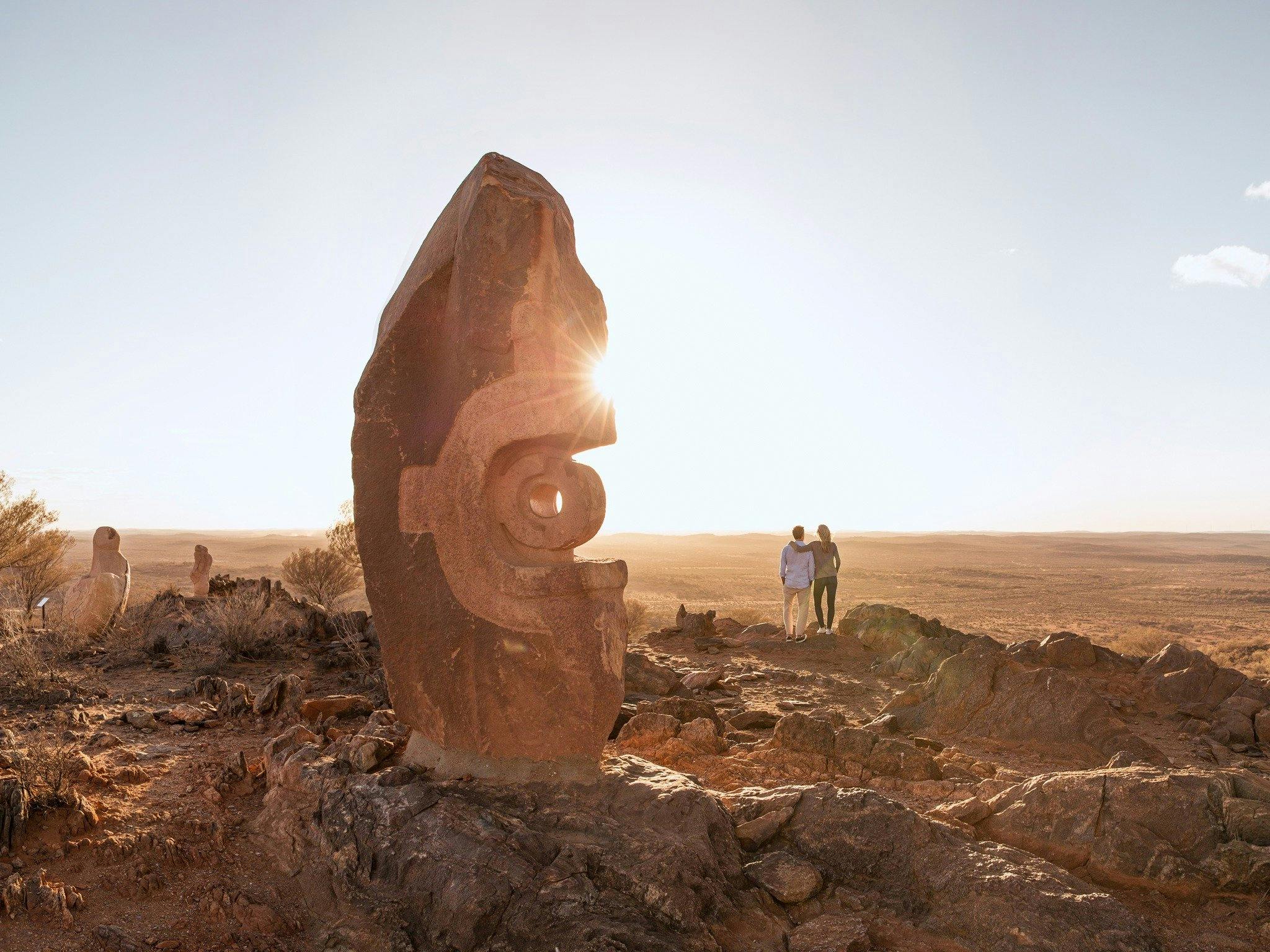

"If you drive out on I-10 and you get out just past Ozona, you'd think it was a crop," says Campbell. We want to make sotol relevant to today, while also maintaining the integrity of its heritage.” – Brent Loobyĭesert Door's operators have access to 75,000 acres in West Texas that are covered in Texas sotol plants. What we’re trying to do is take something old and bring it forward. Desert Door can add some nuance to that narrative because the script is being written as they go. These are problematic semiotics – to be sure – but perhaps that's because until this point, it's the only vocabulary used to talk about sotol.


Tales of the Cocktail refers to sotol as "tequila's crazy little brother." The Desert Door website refers to sotol as "the firewater of peasants" and crafts a narrative of the spirit complete with a trickster coyote (closely associated with Navajo myth) and an image of a Native American man clad in vaguely Plains nation leathers. But that such a thing should happen in a country of some supposed culture passes comprehension."Įven today, the way people talk about sotol evokes images of "savages" and traffics in stale, often offensive stereotypes and assumptions. Johnson, an administrator in FDR's New Deal cabinet, reacted to the Night of the Long Knives in Germany in July of 1934 by saying, "I have seen something of that sort in Mexico during the Villa ravages and among semi-civilized people or savages half-drunk on sotol and marijuana. Sotol in Mexico (mainly in Chihuahua, but also as far south as Oaxaca) was closely associated with lower rungs of the socioeconomic ladder.

#A TALE IN THE DESERT III CRAFTING HOW TO#
When the Spanish colonized Mexico, they brought European distilling techniques with them and taught the locals how to make a spirit out of the dasylirion plant, also known as desert spoon. According to Tales of the Cocktail (a New Orleans-based premier cocktail festival), sotol is widely believed in folk medicine circles to heal a variety of routine ailments. There's also evidence that pre-Columbian people drank a concoction made from cooked and fermented sotol hearts – called piña – for their religious ceremonies. Rock wall drawings in the Four Corners region of the Southwest indicate that the sotol plant was an integral part of the Ancient Pueblo people circa 7000BC, from its use in weaving baskets, ropes, mats, and sandals to its edible, artichoke-like core. The heritage of sotol is a fraught one – both in Texas and Mexico, the country with which it is most closely associated. "We want to make sotol relevant to today, while also maintaining the integrity of its heritage." What we're trying to do is take something old and bring it forward." This is made visible in the tasting room with clean lines and a marriage of wood and leather and overstuffed pillows. Says Brent Looby, who started Desert Door along with Ryan Campbell and Judson Kauffman, of the space and its design ethos: "What are we trying to evoke? This is a desert spirit. From the fireplace-adjacent leather couches to the cream-colored sling chairs and elegant footstools, entering the Desert Door tasting room almost feels like walking into your wealthy rancher friend's living room. Step inside, though, and it's a light, airy room with high ceilings, long wooden tables, and ample comfortable seating. Judson Kauffman (l), Ryan Campbell, and Brent Looby (Photo by John Anderson)įrom the outside, the Desert Door sotol distillery and tasting room out in Driftwood looks like just another Hill Country warehouse, down to the signature white rock – the primary architectural characteristic of Central Texas.


 0 kommentar(er)
0 kommentar(er)
